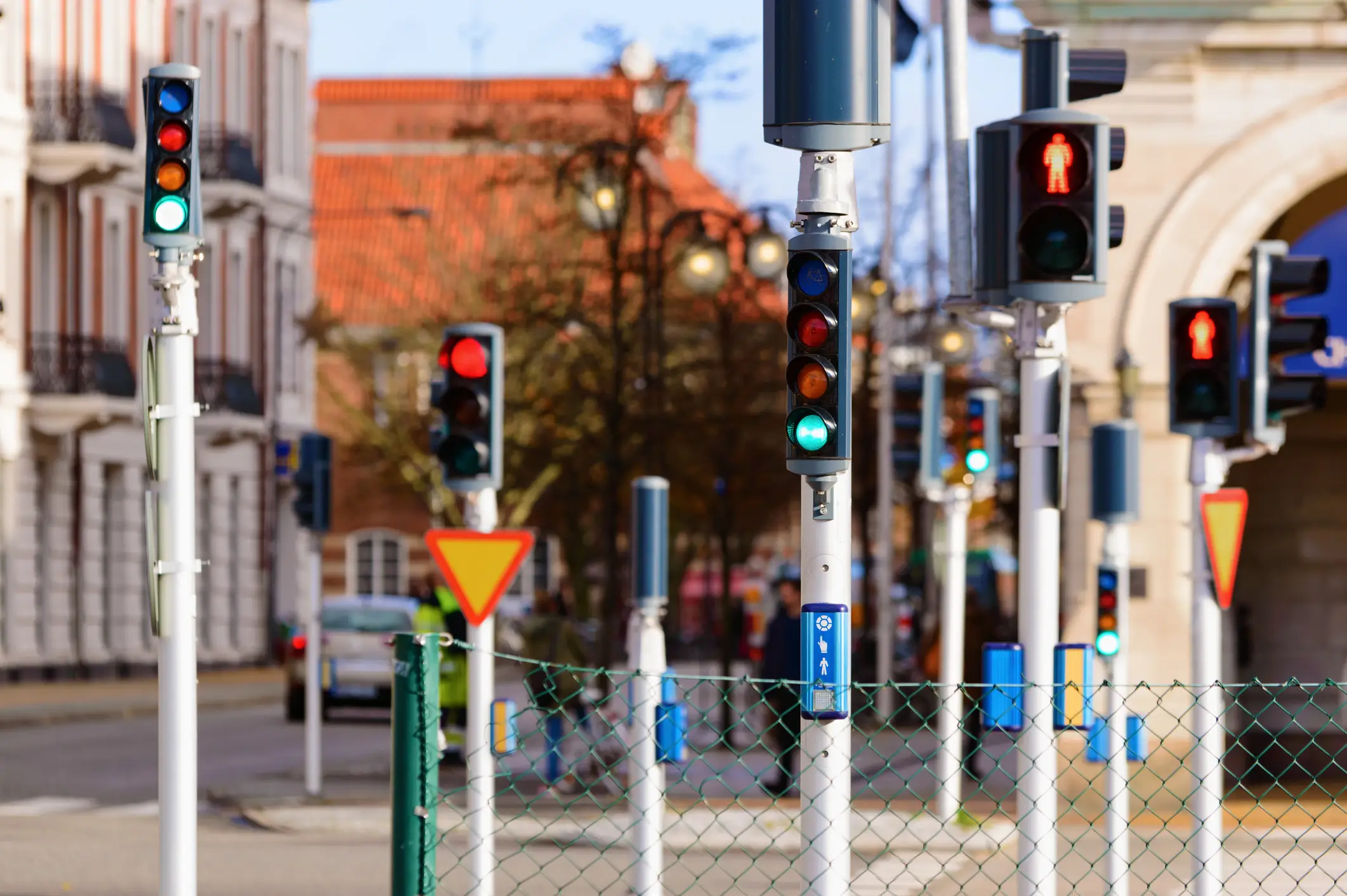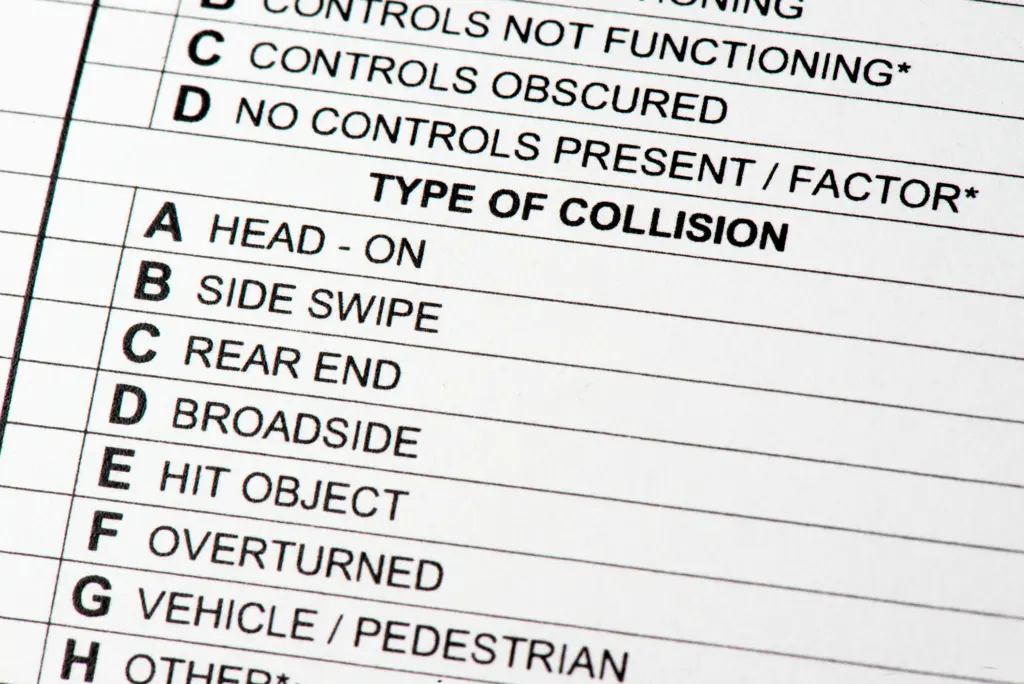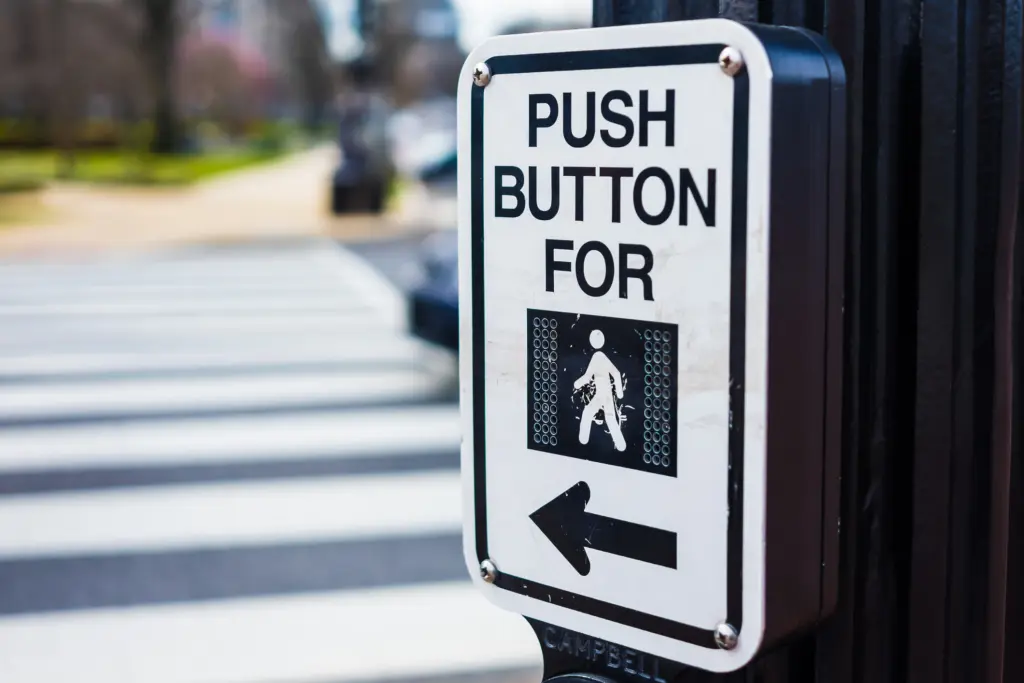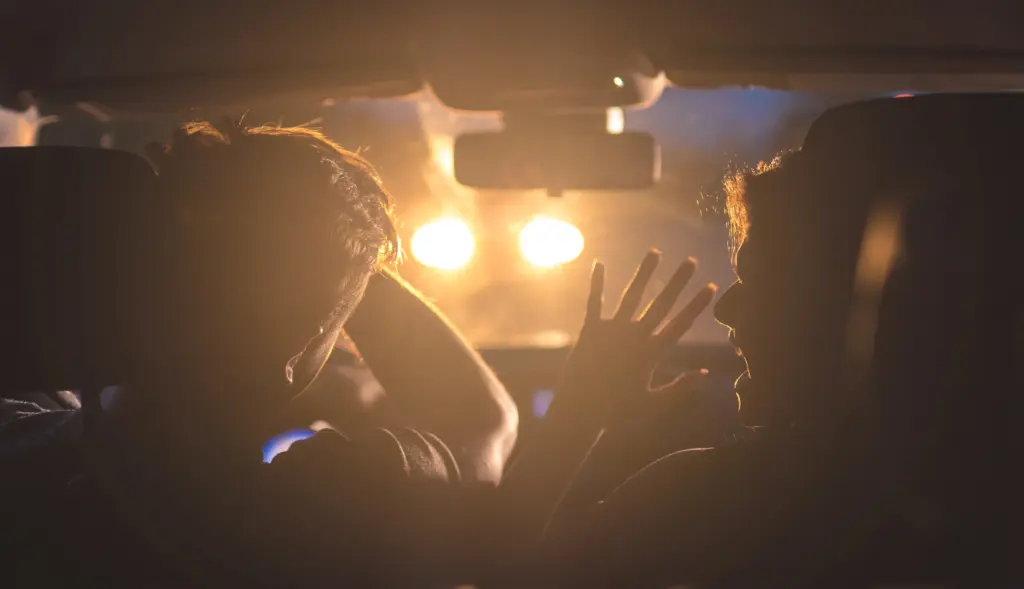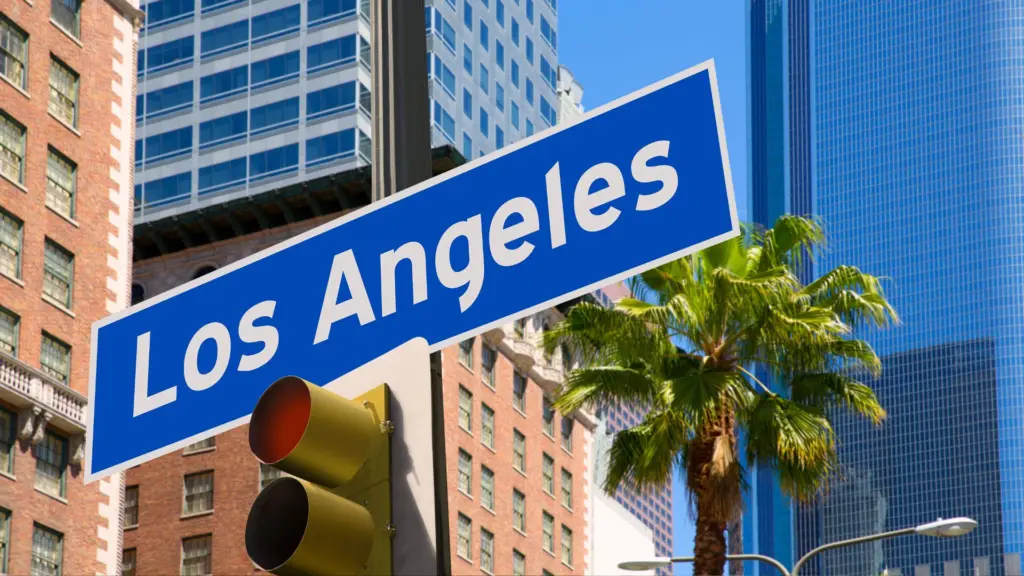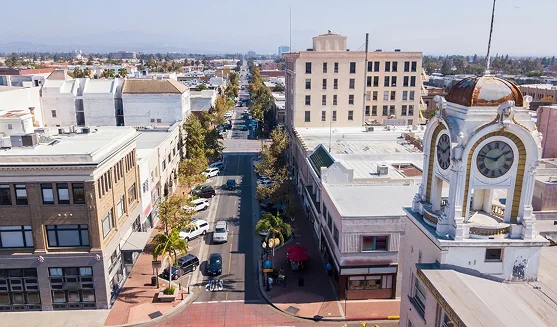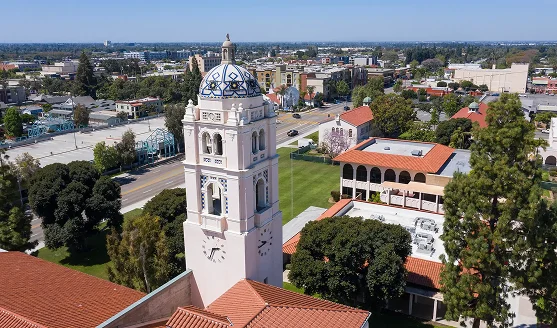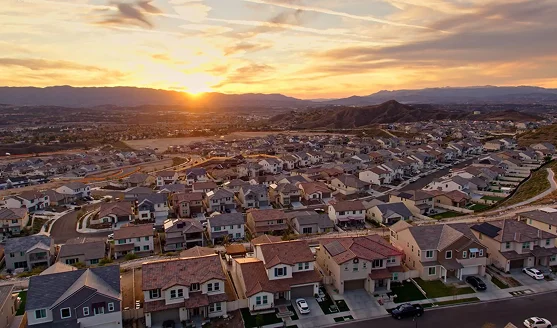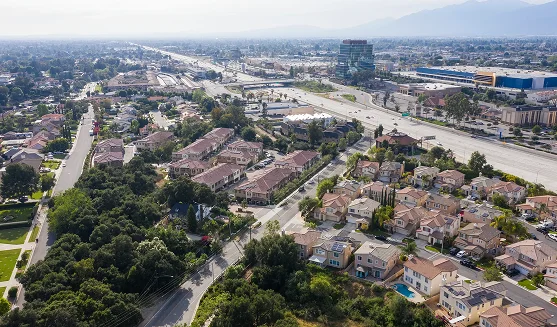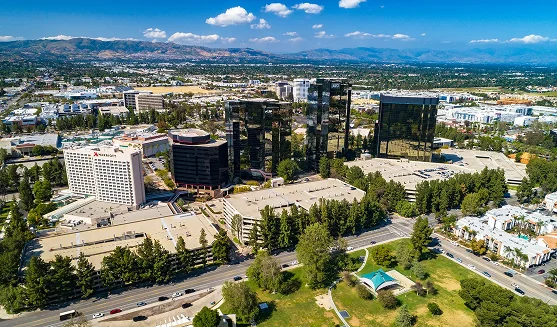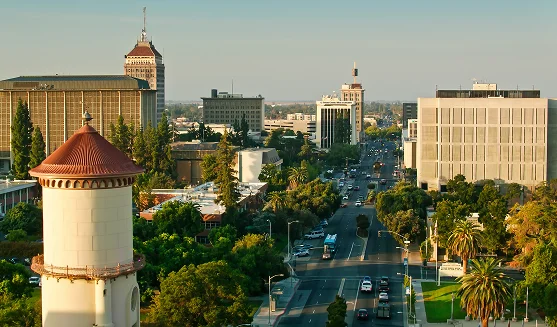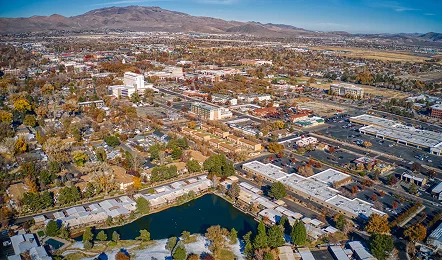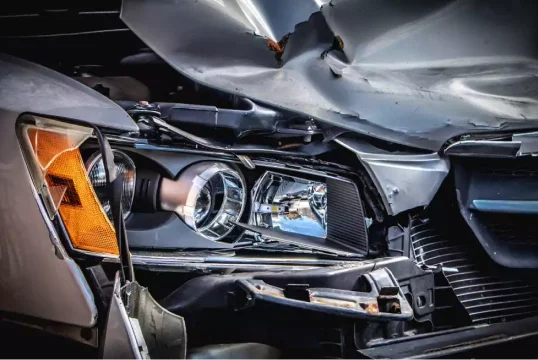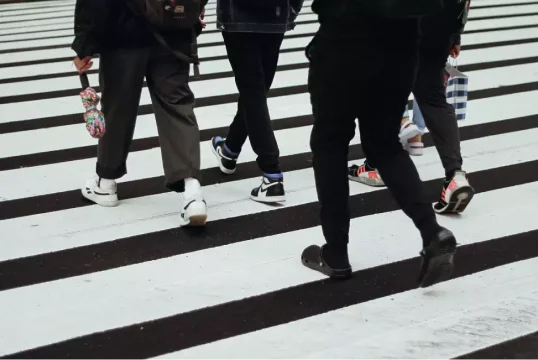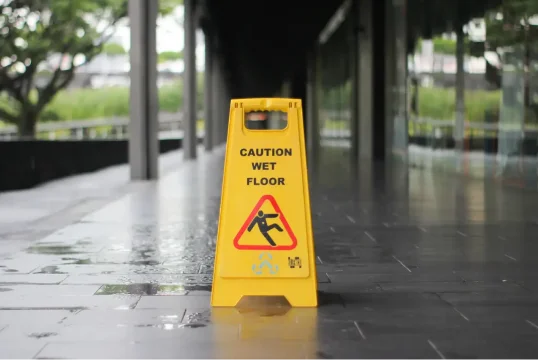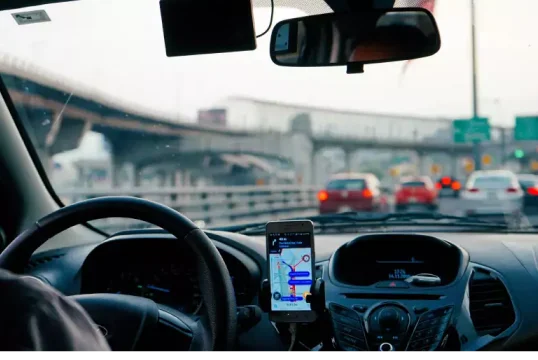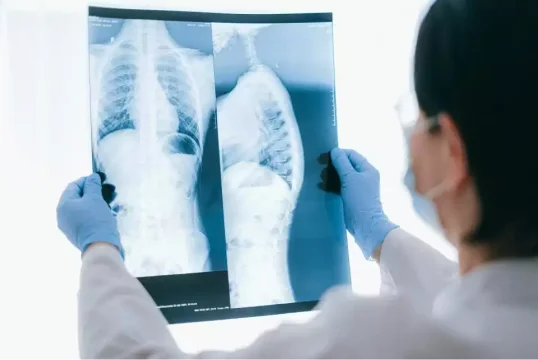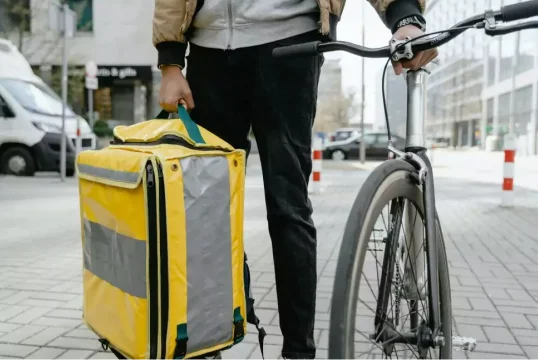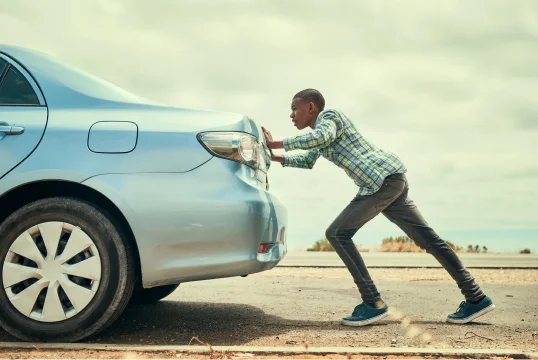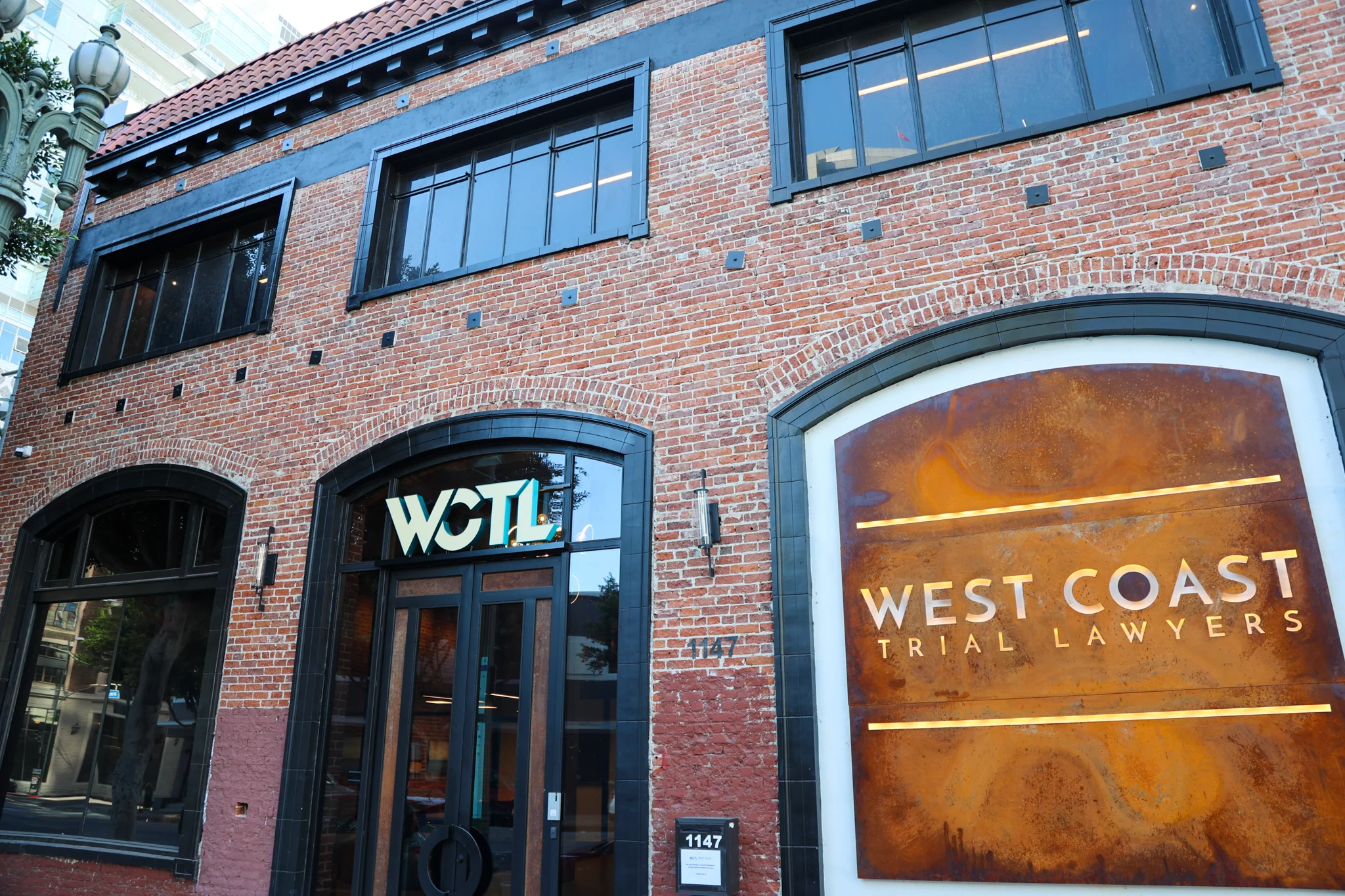Let’s face it: the rules of the road aren’t always as clear as we’d like them to be, especially when it comes to knowing who has the right of way. It’s easy to forget these details as time goes on, but staying informed about California’s right of way laws is more than just about what’s legal—it’s about protecting lives and avoiding dangerous situations. Whether you’re navigating a busy intersection, yielding to pedestrians, or sharing the road with cyclists, understanding when to stop and when to go should be basic knowledge.
This guide will walk you through the key laws you need to know to stay safe and confident on California’s roads.
Right of Way at Intersections

Intersections are high-risk areas where accidents commonly occur. California law is explicit about the right of way rules to minimize confusion and improve road safety. Especially since there are about 2.5 million intersection accidents annually according to The Federal Highway Administration.
Uncontrolled Intersections
An uncontrolled intersection lacks stop signs or traffic signals. In this case, the vehicle on the left must yield to the vehicle on the right if both vehicles arrive simultaneously. If you approach the intersection and another vehicle is already there, yield to the vehicle that arrived first.
Relevant California Vehicle Code:
- CVC §21800(b):
“When two vehicles enter an intersection from different highways at the same time, the driver of the vehicle on the left shall yield the right-of-way to the vehicle on the right.”
Controlled Intersections
At intersections with stop signs or traffic lights, drivers must adhere to the instructions of these devices. If multiple vehicles stop at the same time at a four-way stop, the right of way goes to the vehicle on the right. Vehicles turning left must always yield to oncoming traffic.
Relevant California Vehicle Code:
- CVC §21800(c):
“When two vehicles enter an intersection from different highways at the same time and the intersection is controlled from all directions by stop signs, the driver of the vehicle on the left shall yield the right-of-way to the vehicle on the right.”
Right of Way for Pedestrians
California has strict laws regarding pedestrian right of way. Pedestrians have priority when they are crossing the street in a marked or unmarked crosswalk. As a driver, you must yield and exercise caution, especially near schools, parks, and residential areas where pedestrian traffic is heavier.
Pedestrians in Crosswalks
When a pedestrian is in a crosswalk, drivers are required to stop until the pedestrian has safely crossed. Even if the pedestrian is in an unmarked crosswalk at an intersection, you must yield.
Relevant California Vehicle Code:
- CVC §21950: Specifies the requirement to yield to pedestrians in crosswalks.
(a) The driver of a vehicle shall yield the right-of-way to a pedestrian crossing the roadway within any marked crosswalk or within any unmarked crosswalk at an intersection, except as otherwise provided in this chapter.
Right of Way for Emergency Vehicles
Emergency vehicles always have the right of way. When you hear a siren or see flashing lights, immediately move to the right side of the road and stop. Do not proceed until the emergency vehicle has passed.
How to React at Intersections
If you are at an intersection when an emergency vehicle approaches, remain stationary until it is safe to move. You should never block an intersection or stop the progress of an emergency vehicle.
Right of Way For School Buses
California law mandates that drivers stop when a school bus extends its stop sign and flashes red lights. This rule applies to drivers traveling in both directions, unless there is a physical barrier separating the lanes.
School Zones
Be extra cautious in school zones, adhering to posted speed limits and yielding to crossing guards and children.
California Vehicle Code §22352(b)(2) establishes a prima facie speed limit of 25 miles per hour when driving within 500 to 1,000 feet of a school while children are present, unless otherwise posted. The law defines “when children are present” as the time when children are going to or leaving the school, during school hours, or during the noon recess period
Right of Way For Bicycles
Drivers must yield to bicycles when merging or turning and give cyclists ample room when passing. Failing to yield to a bicyclist can result in hefty fines and legal repercussions. You must give a cyclist three feet of distance and be sure not to enter the bike lane.
According to CVC §21760(a) (Three Feet for Safety Act) states:
“A driver of a motor vehicle shall not overtake or pass a bicycle… unless the motor vehicle is able to pass with a distance of not less than three feet between any part of the motor vehicle and any part of the bicycle…”
Bike Lanes and Crossings
When crossing a bike lane to make a right turn, be sure to check for cyclists and yield accordingly. Remember that bicyclists may ride in the traffic lane if it is not safe to ride in the designated bike lane.
Right of Way For Funeral Processions
Funeral processions have the right of way in California. Do not disrupt or attempt to cut through a procession. Yielding is not only respectful but is also required by law. Police officers or designated vehicles usually guide funeral processions, and you must follow their instructions.
What if I’m Making a Left Turn?
When making a left turn, you must yield to oncoming traffic and pedestrians. The rule applies whether you are turning at an intersection or into a private driveway. Ensure you have sufficient time to make your turn safely without interfering with other vehicles or pedestrians.
Common Mistakes and Penalties
In California, failing to yield the right-of-way is considered a traffic infraction under the California Vehicle Code. The specific penalties for such violations typically include a monetary fine and the addition of points to your driving record.
Monetary Fines: The base fine for a failure-to-yield violation is generally around $35. However, after adding various state and county assessments, fees, and surcharges, the total amount payable can increase significantly, often totaling approximately $238. For instance, a violation of CVC §21950, which pertains to failing to yield to a pedestrian, carries a total fine of $238.
Points on Driving Record: In addition to the financial penalty, a failure-to-yield violation typically results in one point being added to your driving record. Accumulating too many points within a specific timeframe can lead to the Department of Motor Vehicles designating you as a negligent operator, which may result in the suspension or revocation of your driving privileges. Specifically, accruing 4 points in 12 months, 6 points in 24 months, or 8 points in 36 months can trigger such actions.
Final Thoughts on California Right of Way Laws Rules
At West Coast Trial Lawyers, we understand how even a minor misunderstanding of these laws can lead to serious injuries and legal disputes. Our dedicated team is here to make sure that your rights are protected and to fight for the compensation you deserve if you’ve been involved in an accident caused by someone else’s negligence.
If you’ve been injured in a right of way accident or need expert legal guidance, we are ready to help. Call (213) 927-3700 or use our online contact form to speak to our experienced legal staff today. At West Coast Trial Lawyers, your well-being and justice are our top priorities. Let us stand by your side and deliver the results you deserve.
